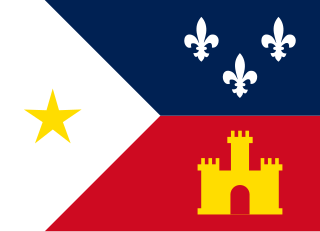
The Cajuns, also known as Louisiana Acadians, are a Louisiana French ethnicity mainly found in the US state of Louisiana and surrounding Gulf Coast states.
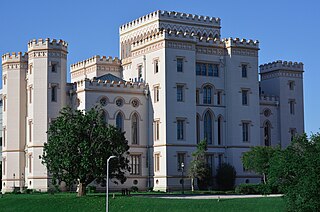
Baton Rouge is the capital city of the U.S. state of Louisiana. Located on the eastern bank of the Mississippi River, it had a population of 227,470 as of 2020; it is the seat of Louisiana's most populous parish (county-equivalent), East Baton Rouge Parish, and the center of Louisiana's second-largest metropolitan area and city, Greater Baton Rouge.
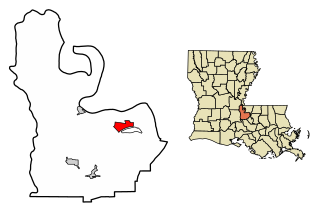
New Roads is a city in and the parish seat of Pointe Coupee Parish, Louisiana, United States. The center of population of Louisiana was located in New Roads in 2000. The population was 4,831 at the 2010 census, down from 4,966 in 2000. In the 2020 census the population was 4,549, while at the beginning year of 2023 the census showed a population of 4,205 and expects to be under 4,000 by the years end. The city's ZIP code is 70760. It is part of the Baton Rouge Metropolitan Statistical Area.

Acadiana, also known as Cajun Country, is the official name given to the French Louisiana region that has historically contained much of the state's Francophone population.

H. Sophie Newcomb Memorial College, or Newcomb College, was the coordinate women's college of Tulane University located in New Orleans, in the U.S. state of Louisiana. It was founded by Josephine Louise Newcomb in 1886 in memory of her daughter.

The Shaw Center for the Arts is a 125,000 square foot performing art venue, fine arts museum, and education center located at 100 Lafayette Street in downtown Baton Rouge, Louisiana. It opened in 2005. The Center includes the LSU Museum of Art, the LSU School of Art Glassell Gallery, the 325-seat Manship Theatre, classrooms, Tsunami, a rooftop sushi restaurant, and a park. Among other collections, the museum includes the largest assemblage of Newcomb Pottery in the United States.
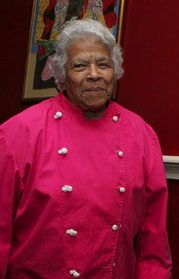
Leyah (Leah) Chase was an American chef based in New Orleans, Louisiana. An author and television personality, she was known as the Queen of Creole Cuisine, advocating both African-American art and Creole cooking. Her restaurant, Dooky Chase, was known as a gathering place during the 1960s among many who participated in the Civil Rights Movement, and was known as a gallery due to its extensive African-American art collection. In 2018 it was named one of the 40 most important restaurants of the past 40 years by Food & Wine.

George Rodrigue was an American artist who in the late 1960s began painting Louisiana landscapes, followed soon after by outdoor family gatherings and southwest Louisiana 19th-century and early 20th-century genre scenes. His paintings often include moss-clad oak trees, which are common to an area of French Louisiana known as Acadiana. In the mid-1990s Rodrigue's Blue Dog paintings, based on a Cajun legend called Loup-garou, catapulted him to worldwide fame.

Clementine Hunter was a self-taught Black folk artist from the Cane River region of Louisiana, who lived and worked on Melrose Plantation.
Carl Anthony Brasseaux is an American historian and educator. He specialized in French Colonial North America, particularly of Louisiana and the Cajun people. He helped to pioneer the field of Cajun history, and his published works on this topic represent the first serious, in-depth examination of the history of the ethnic group.
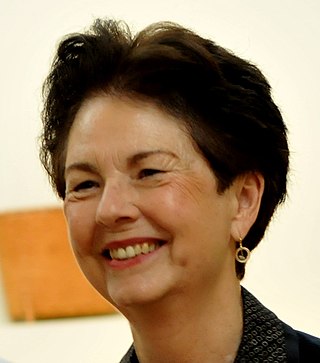
Mignon Faget is a jewelry designer based in her native New Orleans, Louisiana. Faget has long been acknowledged as one of New Orleans' premier designers of fine jewelry.
Angela Gregory was an American sculptor and professor of art. Gregory has been called the "doyenne of Louisiana sculpture". She became one of the few women of her era to be recognized nationally in a field generally dominated by men.
Malaika Favorite is an American visual artist and writer whose art work can be found in major collections in the U.S. She works mainly in oil, acrylic, and watercolor and has carried out experiments with folded canvas and the written word as another dimension of a painting's text. Her provocative paintings and sculpture pieces emanate as much from her personal history as it does from the wider world.
Caroline Wogan Durieux was an American printmaker, painter, and educator. She was a Professor Emeritus at both Louisiana State University, where she worked from 1943 to 1964 and at Newcomb College of Tulane University (1937–1942). Carl Zigrosser, Keeper of Prints at the Philadelphia Museum of Art, wrote:
"Durieux is master of her instrument. It is like an epigram delivered in a deadpan manner:the meaning sinks in casually; when all of a sudden the full impact dawns on one, it haunts one for days. Her work has that haunting quality because its roots are deep, its vision profound".

Harriet Coulter Joor (1875–1965) was an American artist, writer, textile and ceramics designer, and pottery decorator. Joor was among the earliest graduates of H. Sophie Newcomb Memorial College, and was one of the original producers of Newcomb Pottery.

Katrina Andry is an American visual artist and printmaker. She is based in New Orleans, Louisiana.
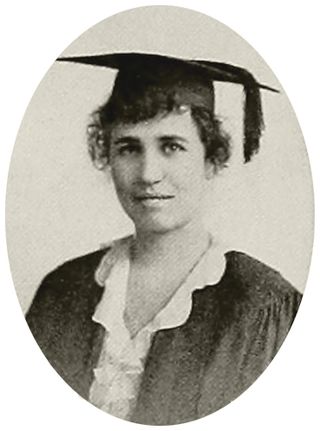
Edith Mahier was an American artist and art instructor who was instrumental in helping develop the talent of the Kiowa Six during their studies at the University of Oklahoma. In 1941, she won the commission to complete the post office mural for the U.S. Treasury Department's Section of Fine Arts at the Watonga, Oklahoma, facility. In her later career at OU she created a division of the arts department dedicated to fashion and even designed motifs for a clothing line developed by Neiman Marcus.
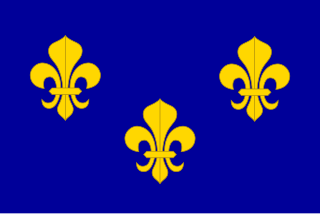
Louisiana French is an umbrella term for the dialects and varieties of the French language spoken traditionally by French Louisianians in colonial Lower Louisiana. As of today Louisiana French is primarily used in the state of Louisiana, specifically in its southern parishes.
Inez Catalon was an American Creole ballad singer, who was one of the most well-known performers of the genre known as Louisiana "home music". These are a cappella versions of ballads and love songs, drinking songs, game songs, lullabies and waltzes performed by women in the home, passed down from earlier generations to provide entertainment for the family before radio and television existed. Home music is not considered part of the public performance repertoire of Cajun and zydeco music because the songs were sung in the home by women, rather than in the dance halls of southwestern Louisiana which featured almost exclusively male performers.














